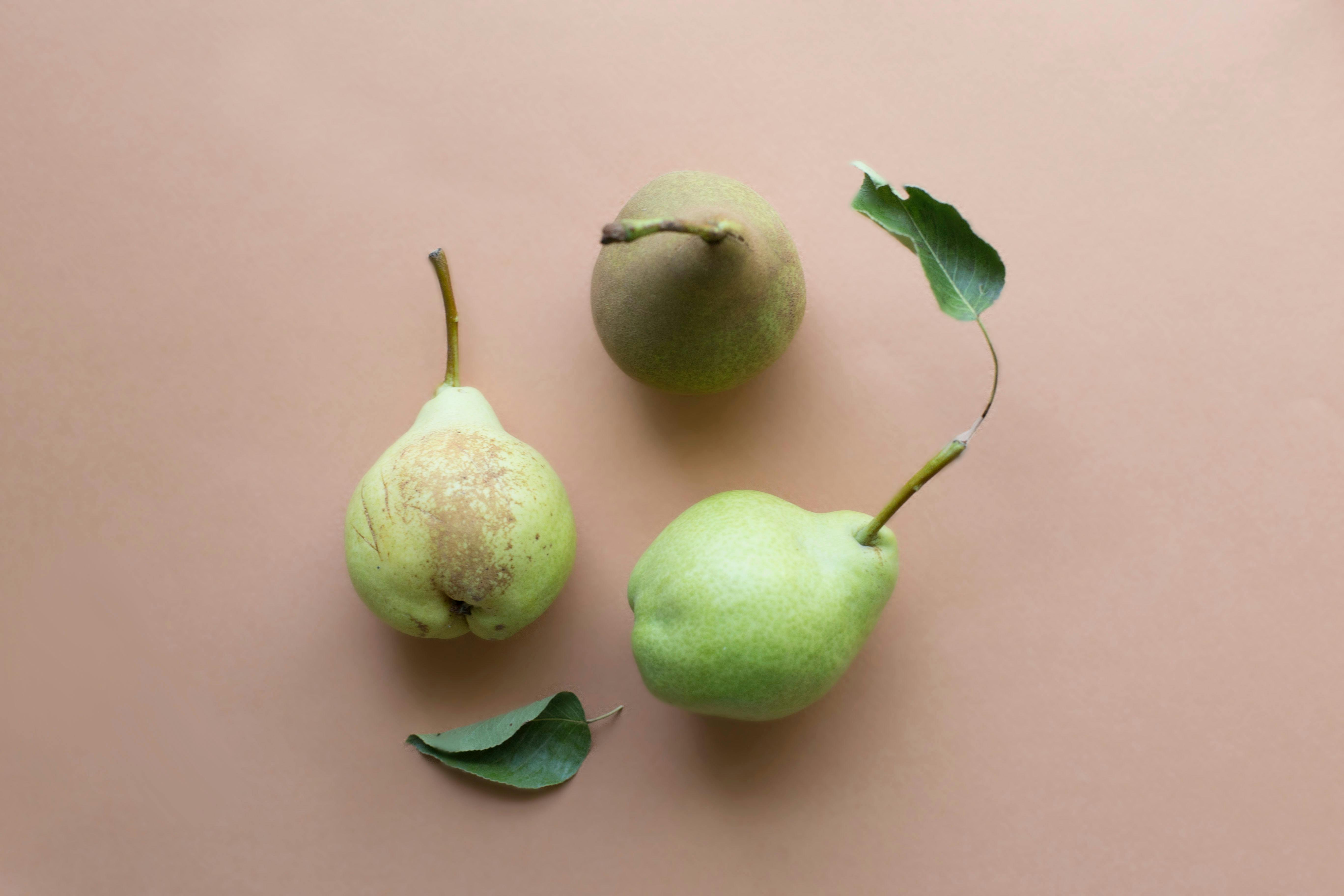
By Wag! Staff
Published: 06/12/2020, edited: 03/03/2025
More articles by Wag! Staff
Save on pet insurance for your pet
You don't have to choose between your pet and your wallet when it comes to expensive vet visits. Prepare ahead of time for unexpected vet bills by finding the pawfect pet insurance.
While the flesh of pears is safe for dogs, the seeds and core should always be removed. Pear seeds contain small amounts of cyanogenic compounds, which can release cyanide when chewed or digested. Though a few seeds likely won’t harm a large dog, it’s best to avoid them altogether for safety.
As for the skin, yes, dogs can eat pear skin, but it’s a good idea to wash the fruit thoroughly before serving to remove any pesticides or chemicals. For dogs with sensitive stomachs, peeling the pear may help prevent digestive upset.
No, canned pears are not a good option for dogs. These typically contain added sugars and preservatives that can upset your dog's stomach or lead to long-term health issues like obesity or diabetes. If you want to treat your dog to pears, stick to fresh, ripe fruit.
Yes, dogs can eat Korean and Asian pears, as they are similar to regular pears in terms of safety and nutritional value. These varieties tend to be crisper and less sweet, which some dogs might enjoy. Just remember to remove the seeds and core and cut them into small, bite-sized pieces to avoid choking hazards.
There are actually some benefits of feeding pears to your dog, if you do it the right way.
Here are some of the key nutritional perks of feeding pears to your dog:
- Rich in Fiber: Helps regulate digestion and promotes gut health.
- Vitamin C: Supports immune system function and reduces inflammation.
- Potassium: Maintains healthy muscles, nerves, and heart function.
- Antioxidants: Can help combat free radicals, promoting overall wellness.
To ensure pears are a healthy treat for your dog, follow these tips:
- Wash Thoroughly: Remove dirt, pesticides, and other chemicals.
- Remove Core and Seeds: Pear seeds can be toxic in large quantities.
- Cut Into Small Pieces: This reduces the risk of choking, especially for small breeds.
- Start Small: Introduce pears gradually to see if your dog tolerates them well.
While pears are generally safe, there are a few risks to keep in mind:
- Choking Hazard: Pear cores and large chunks can pose a choking risk, especially for small dogs.
- Digestive Upset: Overfeeding can lead to diarrhea or upset stomach due to the high fiber content.
- Allergic Reactions: Though rare, some dogs may be allergic to pears. Monitor for symptoms like itching, swelling, or vomiting after introducing them.
If your dog experiences any adverse symptoms after eating pears, contact your veterinarian immediately.
Put your pup’s health first with a Wag! Wellness Plan, you can get access to a 24/7 vet chat, yearly wellness check-ups, annual boosters, and more.
Pears should be avoided if your dog has diabetes, as the natural sugars can cause blood sugar spikes. Similarly, if your dog has a history of digestive sensitivity, introduce pears cautiously or consult your vet.
Pears, just like any other treat food, should never form a major part of your dog’s diet. Many vets recommend using the 10 percent rule as a general guide, with treats never making up any more than 10 percent of your dog’s daily calorie intake.
Their primary food should follow pet nutrient profiles created by AAFCO. This non-profit organization sets standards for pet food and ensures canines of all different ages, breeds and life stages get a balanced diet.
If your dog enjoys pears, there are other fruits they might love as well. Here are some safe options:
- Apples (remove seeds and core)
- Blueberries
- Watermelon (seedless)
- Bananas
So, can dogs eat pears? Absolutely! Pears can be a healthy and tasty snack when fed in moderation and prepared correctly. Whether you’re sharing a slice of a regular pear, Korean pear, or Asian pear, your pup can enjoy the occasional fruity treat with a wagging tail. Just avoid canned pears, remove seeds and core, and keep portions small to ensure their safety.

